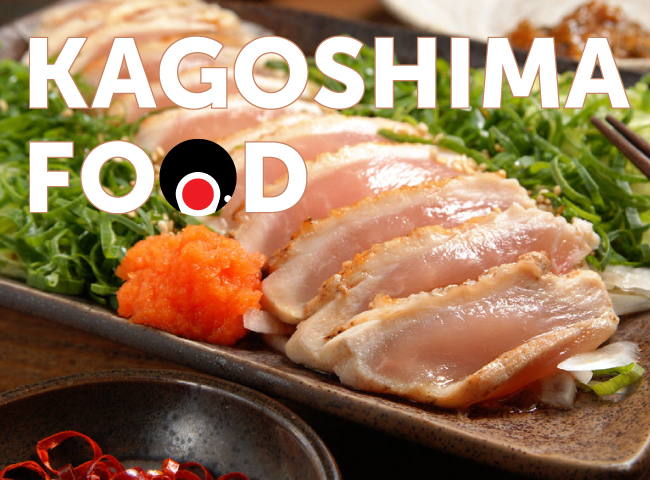Guide to Kaiseki - Japan’s Dainty, Decadent Dining
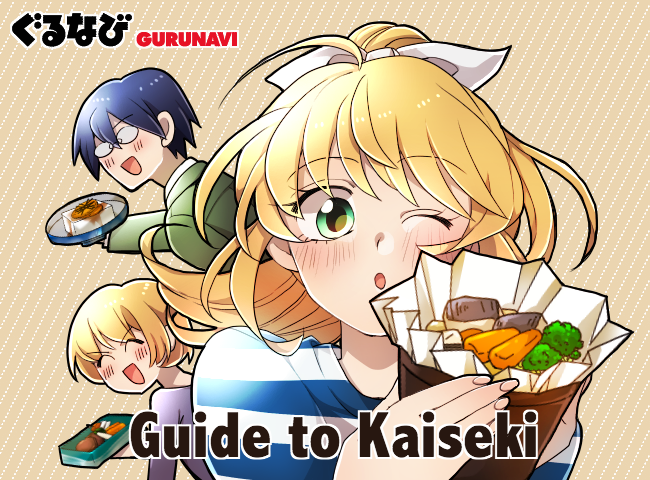

Originating in the city of Kyoto, kaiseki is a traditional Japanese dining style consisting of around six to fifteen unique courses. The name kaiseki (literally, “bosom-pocket stone”) refers to a centuries-old practice in which Zen monks would place a hot stone in the bosom pocket of their robes to help ward off hunger.
The meal is presented in a way that is reflective of the current season, a key principle of the dining style, and locally sourced ingredients are often used. The result is a dining experience unique to its time and place.
Discovering Kaiseki Ryori (Kaiseki Cuisine)

Kaiseki began in the 16th century as a simple meal of miso soup and a few side dishes served in the style of cha-seki, or Japanese tea ceremony.
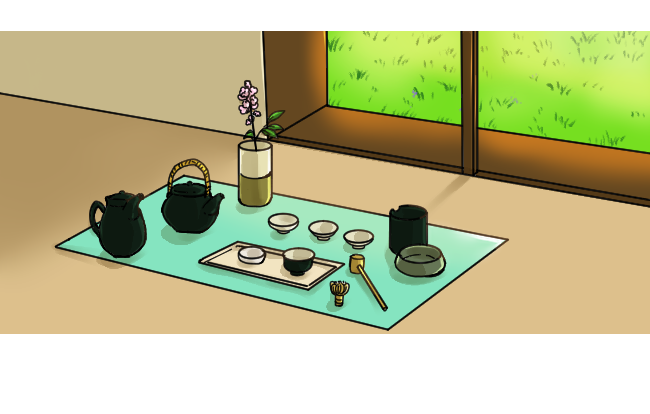
Like the tea ceremony, the dinner was comprised of multiple small courses meant to be enjoyed slowly and deliberately. The meal is traditionally served at a banquet or ryokan, an old-fashioned Japanese inn.
Kaiseki would eventually draw influence from a number of traditional Japanese meals including yusoku ryori (imperial court cuisine originating in the 9th century), shojin ryori (Buddhist temple cuisine, 12th century) and honzen ryori (samurai warrior cuisine). Over time, kaiseki grew in popularity among aristocratic circles and foreign chefs; today, dining options range from simple set meals to high-end gourmet dining.
The Basic Principles of Kaiseki Cuisine
Placing emphasis on balance and harmony with nature, every course is designed to reflect the time of year and the location where it was made, with the belief that fruits and vegetables are at their most tasteful and nutritious when they are in season. The style, number, and order of dishes served are at the discretion of the chef. For this reason, a true kaiseki course menu rarely lasts longer than a week as kaiseki chefs make changes to the menu as they see fit.

Just as much a piece of art as it is a meal, a great deal of attention and care goes into the presentation of each dish. Every detail down to the color, shape, texture, and taste is balanced out on the plate. Garnishes can include real flowers (don’t eat those!) and are deliberately placed to enhance the visual appeal of each dish. The careful placement of each item is meant not only to improve taste but also reflect the current season; therefore, a course menu served in March will contain foods and garnishes one would typically associate with the springtime.
Importance is also placed on using locally sourced ingredients as much as possible. While this may be difficult in bigger cities such as Tokyo or Osaka, kaiseki chefs will attempt to use as many local ingredients as possible. This adds to the uniqueness of every dining experience as the menu is affected not only by location and season, but also the current year’s harvest. Some menu items are even arranged on the plate to represent the physical attributes of the area, such forests, mountains, and rivers.
Kaiseki Courses
With a wide range of possible courses, the number and type of dishes included in the meal is at the discretion of the chef. A traditional kaiseki meal should include some or all of the following:
Sakizuke/ Zensai
A small appetizer.
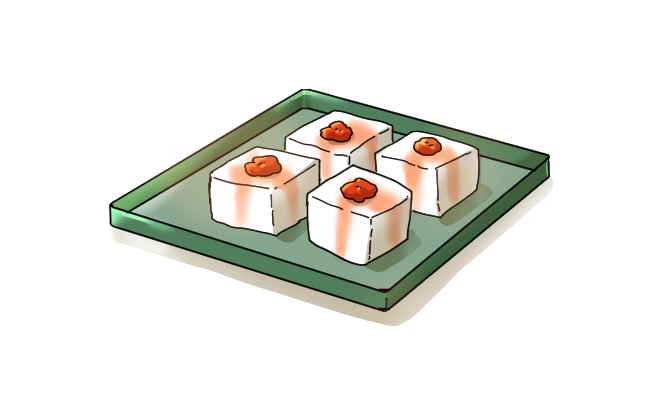
Hassun
The second dish, meant to set the seasonal theme of the meal.

Mukouzuke
A plate of seasonal sashimi.
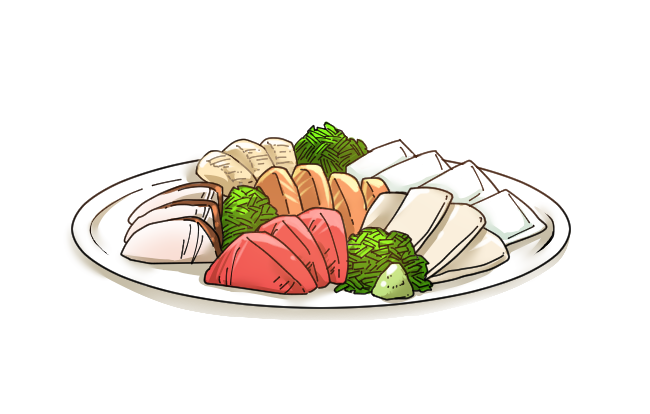
Takiawase/ Nimono
Simmered vegetables served with meat, fish, or tofu.

Suimono (Soup)

Yakimono
Grilled dish, usually fish.

Shiizakana
A special dish, such as hot pot.
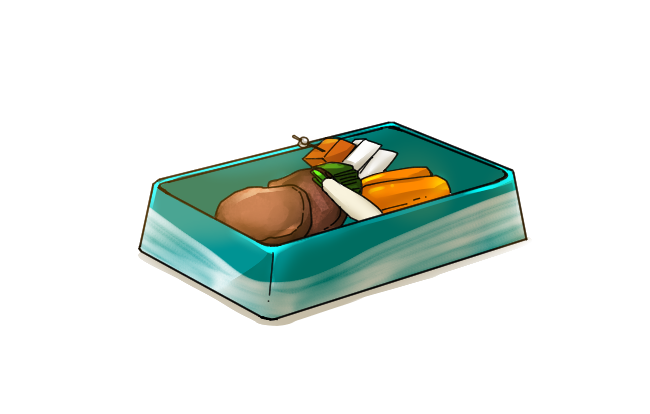
Mushimono
A steamed dish.

Futomono/ Wanmono
Lidded dish.
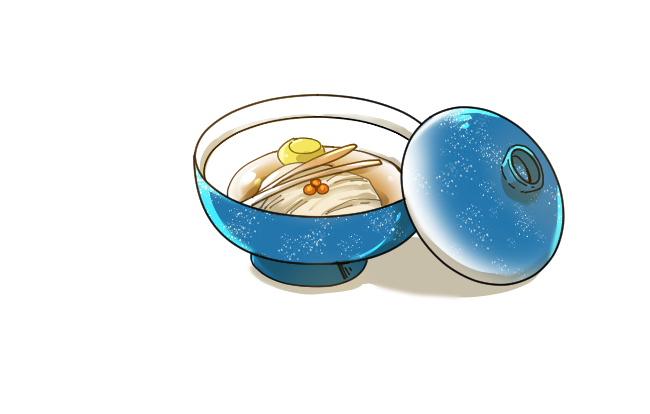
Sunomono
Vinegared dish, usually vegetables.
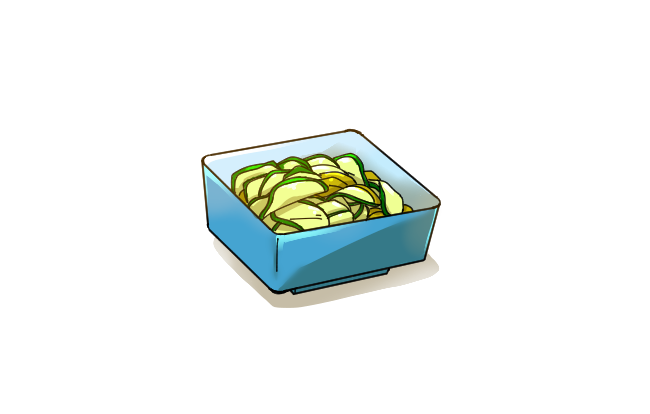
Kou no Mono
Seasonal pickled vegetables.
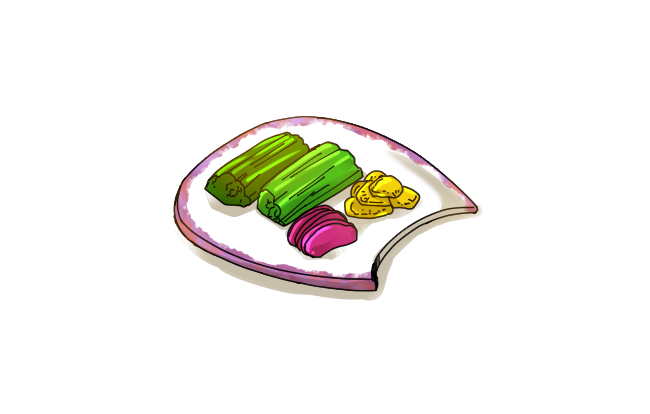
Shokuji/ Gohan
A rice-based dish such as ochazuke or kamameshi.
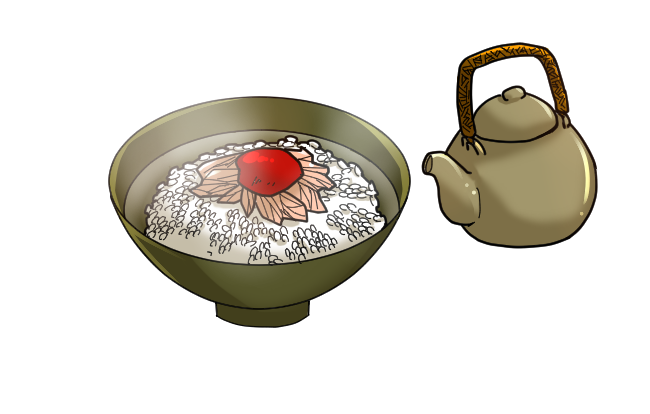
Mizumono
A dessert of wagashi, or Japanese confection, fruit, cake, or ice cream.
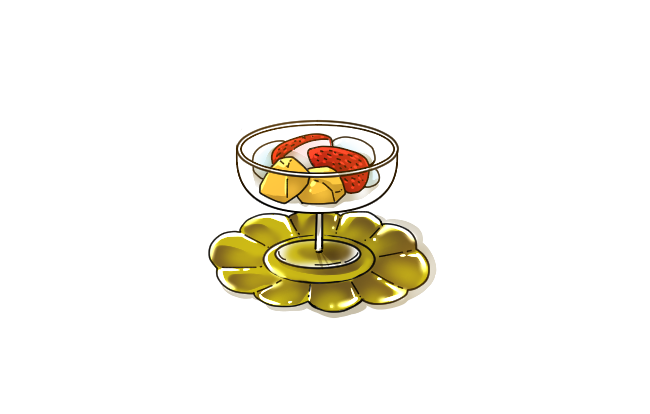
What to Expect at a Kaiseki Restaurant in Japan
For those looking for a real kaiseki ryori experience, there are three options: ryotei (a restaurant specializing in kaiseki), ryokan (traditional Japanese inn/hotel with a built-in kaiseki dining room), or a standard restaurant with a kaiseki option. As with all kaiseki dinners, the style of cooking and number of dishes is determined by the chef. Some restaurants even offer a simplified lunch course, which is a great option for anyone looking to experience kaiseki without breaking the bank.

Just as the meal places an importance on balance and harmony with one’s surroundings, most restaurants are carefully and elegantly decorated to provide guests with a peaceful, relaxed atmosphere - a welcome change from the noisy crowd of a smoky izakaya. Expect stylish yet tasteful decor, traditional Japanese sliding doors and tatami mats, and, depending on the restaurant, private dining rooms.
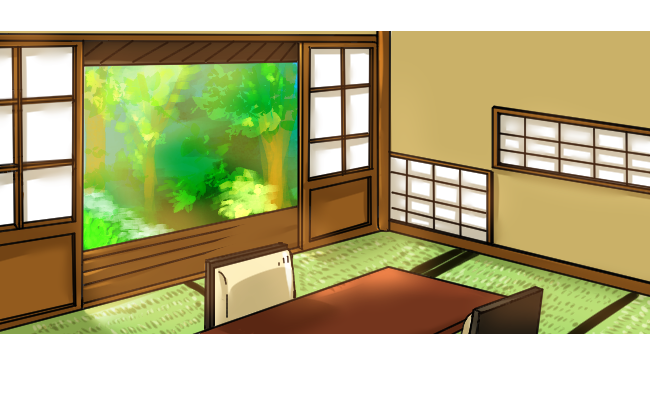
While ryokan typically offer just one course menu, several restaurants offer multiple set dinners ranging in price from low to high. As expected, the lower-priced courses contain fewer items and may leave out some of the higher-end, gourmet dishes, while the more expensive courses deliver a proper feast for those who don’t mind spending around 15,000 yen for dinner. If money is a concern, try searching for a restaurant with a lunch special, which can cost as low as 2,500 yen.
Try Kaiseki Cuisine for Delicious Decadence & Artful Eating
Travelers, foodies, and anyone with an appreciation for traditional Japanese cuisine would be remiss not to try a real kaiseki ryori experience while in Japan. To find a kaiseki restaurant in Japan, browse the Gurunavi website.









